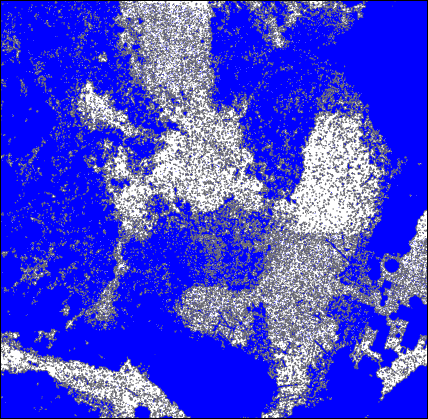HOW TO
Determine the surface difference between two overlapping TIN layers in ArcGIS Pro
Summary
In ArcGIS Pro, the Surface Difference tool calculates a geometric difference by comparing the triangles of two surfaces and generating an output feature class of three divisions. This approach holds significant importance in the determination of comparative measurements, particularly in the context of calculations related to earthwork volume. This article describes how to determine the surface difference between two overlapping TIN layers in ArcGIS Pro.
Procedure
Note: The Surface Difference tool requires a 3D Analyst license.
- Open the project in ArcGIS Pro.
- Calculate the surface difference between the two surface layers using the Surface Difference tool.
- In the Geoprocessing pane, search for and click Surface Difference (3D Analyst Tools).
- In the Surface Difference pane, for Input Surface, select the surface layer to be evaluated from the drop-down list. In this example, the TIN layer named TIN_1 is used.
- For Reference Surface, select the surface layer to be used as the baseline from the drop-down list. In this example, the TIN layer named TIN_2 is used.
- For Output Feature Class, specify a name and location to export the feature class.
- Click Run.

- Select the features from the output feature layer using the Select By Attributes tool.
- On the Map tab, in the Selection group, click Select By Attributes
 .
. - In the Select By Attributes dialog box, for Input Rows, select the output feature class from Step 2 in the drop-down list.
- Enter the following query expression as a clause to select the value that describes the spatial relationship of the surface to the reference plane. Refer to ArcGIS Pro: Usage for more information. In this example, the field value of 1, which represents the surface above the reference plane, is selected.
Where Code is equal to <field value>
- Click Verify
 to validate the expression.
to validate the expression. - Click OK.

- Export the selected feature class using the Export Features tool.
- On the Contents pane, right-click the output feature layer from Step 2. Click Data > Export Features.
- In the Export Features window, for Input Features, select the output feature layer from Step 2 in the drop-down list.
- For Output Feature Class, specify a location and name to export the feature class.
- Click OK.

The image below shows the surface above the reference surface between the two TIN layers.

Article ID: 000031104
- ArcGIS Pro 3 1
- ArcGIS Pro 3 0
- ArcGIS Pro 2 9x
Get help from ArcGIS experts
Start chatting now

